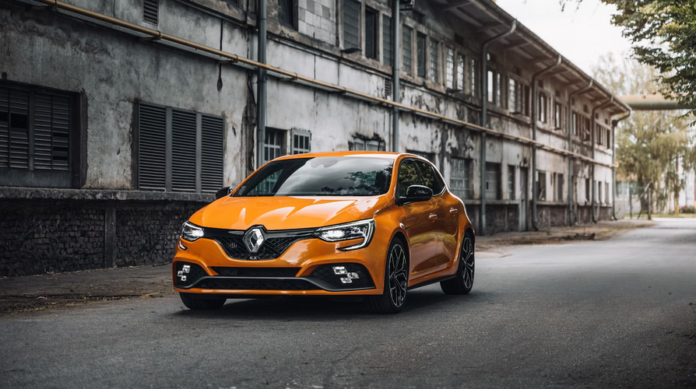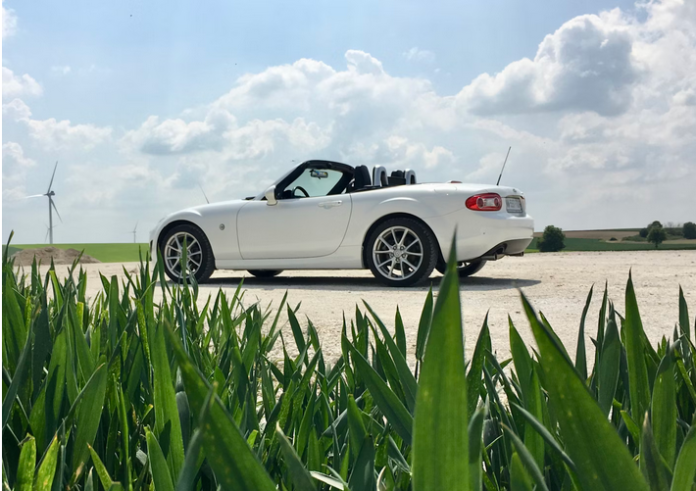Choosing a safe car is paramount when considering your next vehicle purchase. Modern cars come equipped with a range of safety features designed to protect occupants and reduce the risk of accidents. Understanding these safety features and their benefits can help you make an informed decision when selecting your next car. Here are some top safety features to look for:
- Advanced Airbag Systems: Modern cars are equipped with advanced airbag systems that go beyond front airbags. Look for side-impact airbags, curtain airbags that deploy from the ceiling to protect occupants’ heads, and knee airbags to protect lower limbs. Advanced systems also adjust deployment based on crash severity and occupant position.
- Anti-lock Braking System (ABS): ABS prevents wheels from locking up during hard braking, allowing the driver to maintain steering control. This technology is crucial for avoiding skidding and maintaining stability, especially in emergency braking situations or slippery conditions.
- Electronic Stability Control (ESC): ESC helps prevent skidding and loss of control by automatically applying brakes to individual wheels and adjusting engine power to keep the vehicle stable during sudden maneuvers or slippery road conditions. It’s particularly effective in preventing rollovers and maintaining control during evasive maneuvers.
- Forward Collision Warning (FCW) with Automatic Emergency Braking (AEB): FCW uses sensors to detect potential collisions with vehicles or obstacles ahead and alerts the driver to take action. AEB can automatically apply brakes if the driver doesn’t respond quickly enough, helping to reduce the severity of frontal collisions or avoid them altogether.
- Lane Departure Warning (LDW) and Lane Keeping Assist (LKA): LDW alerts the driver if the vehicle drifts out of its lane without signaling, helping to prevent unintentional lane departures. LKA goes a step further by gently steering the vehicle back into its lane if the driver doesn’t correct the course, enhancing safety on highways and reducing the risk of side collisions.
- Blind Spot Monitoring (BSM) and Rear Cross-Traffic Alert (RCTA): BSM uses sensors to detect vehicles in blind spots and warns the driver with visual or audible alerts, reducing the risk of lane-change collisions. RCTA alerts the driver to approaching vehicles or pedestrians when backing out of parking spaces or driveways, enhancing rearward visibility and preventing accidents.
- Adaptive Cruise Control (ACC) with Stop-and-Go Functionality: ACC maintains a set distance from the vehicle ahead by automatically adjusting speed, making highway driving safer and more convenient. Stop-and-go functionality allows the system to bring the car to a complete stop and resume driving in traffic, reducing driver fatigue and the likelihood of rear-end collisions.
- Driver Attention Monitoring: Some cars feature systems that monitor driver behavior for signs of drowsiness or distraction, such as erratic steering inputs or lack of eye movement. These systems can alert the driver to take a break or refocus attention, reducing the risk of accidents due to driver fatigue or inattention.
- Rearview Camera and Surround-View Camera System: Rearview cameras provide a clear view of the area behind the vehicle when reversing, helping drivers avoid obstacles and pedestrians. Surround-view camera systems offer a 360-degree view of the car’s surroundings, making parking and maneuvering in tight spaces safer and more convenient.
- Tire Pressure Monitoring System (TPMS): TPMS alerts the driver when tire pressure is low, reducing the risk of blowouts, loss of control, and accidents caused by underinflated tires. Properly inflated tires improve traction, handling, and braking performance, especially in adverse weather conditions.
When shopping for your next car, prioritize safety features that align with your driving needs and preferences. Consider factors such as crash test ratings, active and passive safety technologies, and manufacturer reputation for safety innovation. Investing in a car with advanced safety features not only protects you and your passengers but also contributes to overall road safety and accident prevention.








